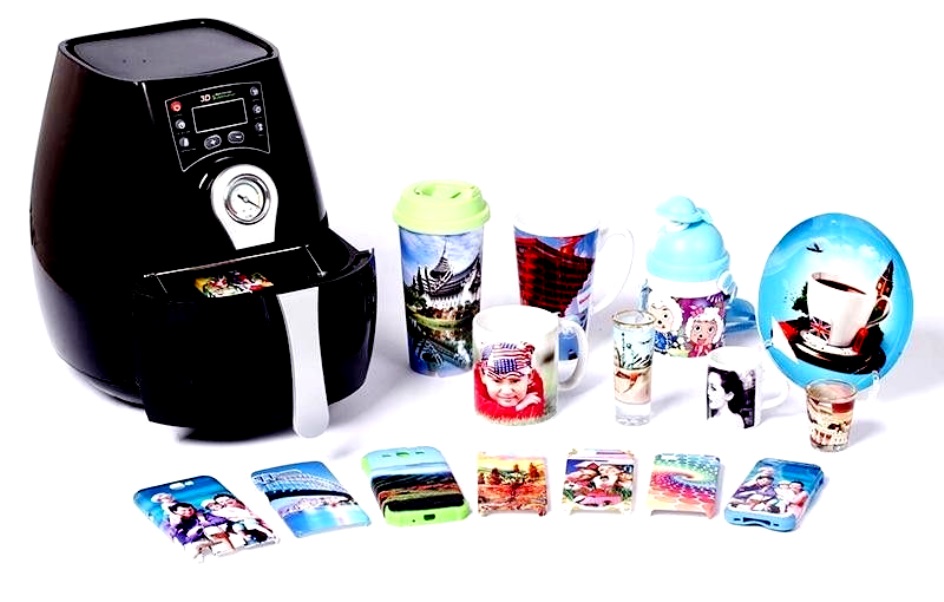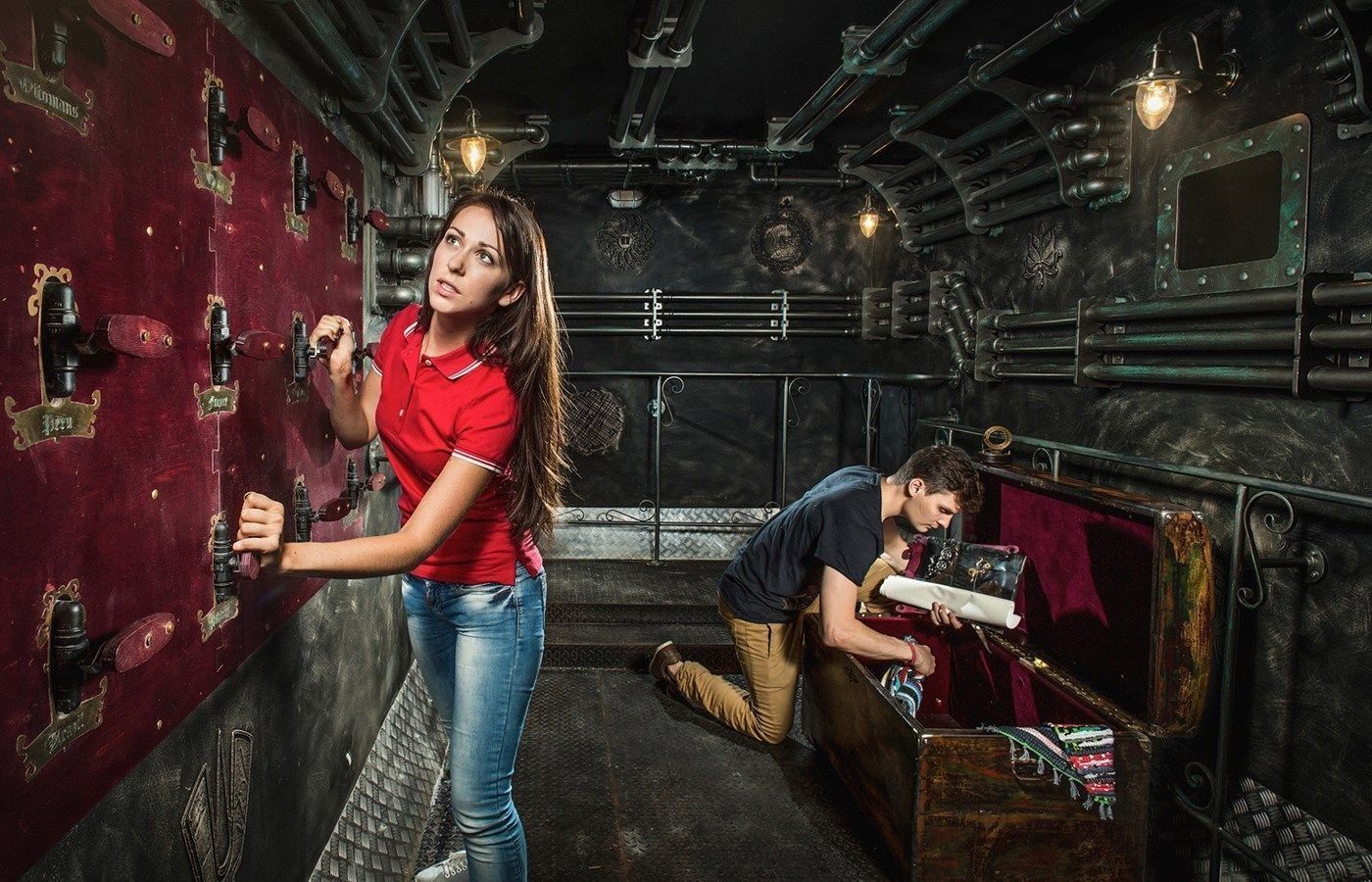Best defibrillator ratings for 2020
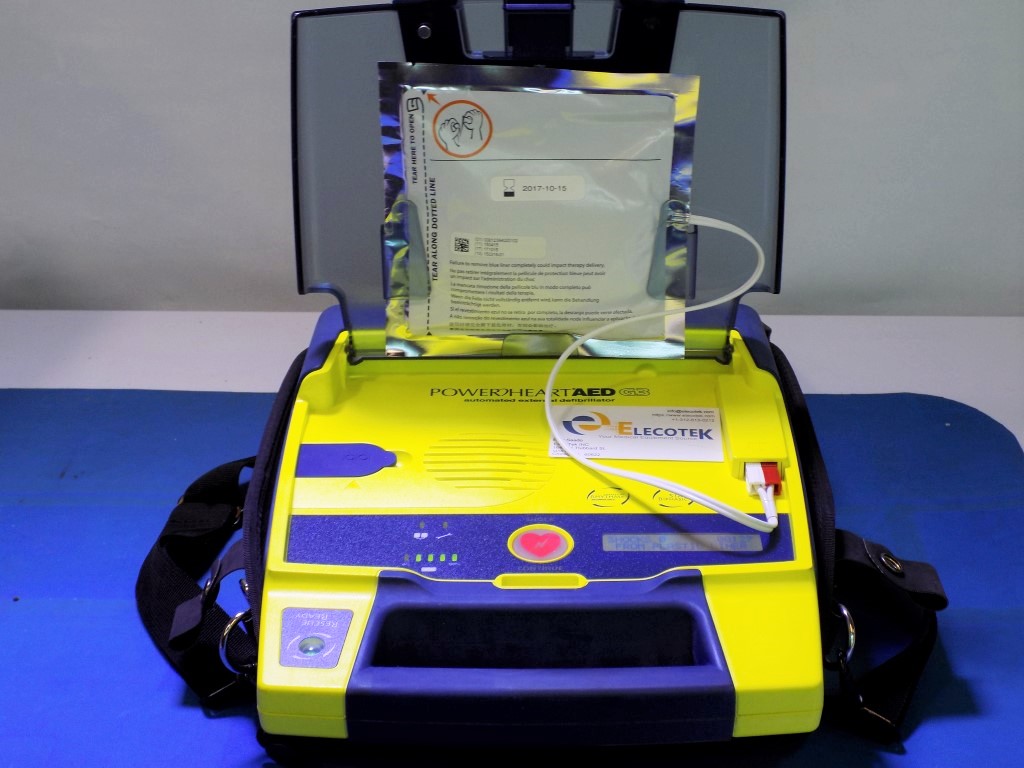
Defibrillation is one of the most serious resuscitation measures, which is aimed at eliminating heart rhythm disturbances that threaten the patient's life, and at normalizing the contractions of the heart ventricles, with the goal of returning the patient from a state of clinical death. It is equated in importance with cardiac massage and mechanical ventilation.
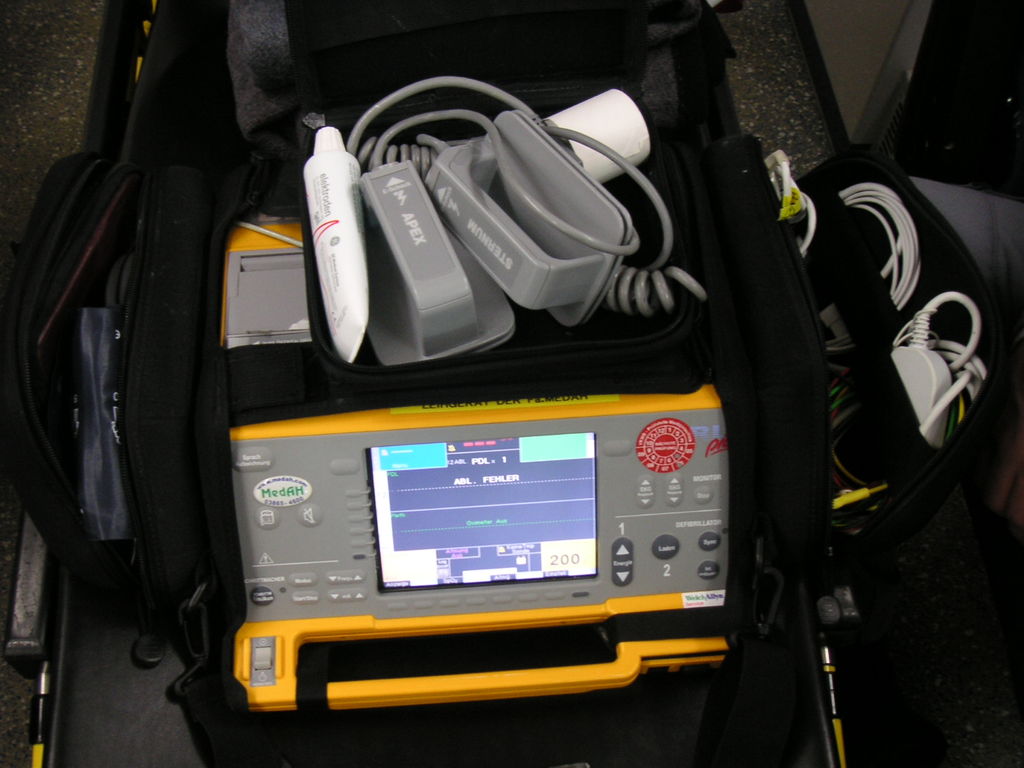
Defibrillation types
In the case where the intensive care unit has good technical equipment, medical defibrillation is not used or is used extremely rarely.
The fact is that chemical defibrillation is performed by intravenous injection of a high concentration of potassium chloride solution, as a result of which myocardial contractions worsen, and ventricular fibrillation is eliminated.
To restore the activity of the myocardium after exposure to the drug, it is necessary to massage the heart for a long time and introduce a drug that is a potassium antagonist (usually calcium gluconate), in connection with which ventricular fibrillation may recur. The result is that the effectiveness of resuscitation is significantly reduced due to the increase in its duration.
Electrical defibrillation is considered to be very effective in quickly restoring normal heart function. High power electrical discharge, short in time, when passing through the heart muscle, most often restores the normal functioning of the heart. Such actions are performed in the presence of a defibrillator, when choosing which it is necessary to dwell on the most important points.
What are
Defibrillators in modern conditions are of various types, but are divided into two large groups:
- Professional, manually operated. They have all the required functionality: defibrillation, printing, monitoring functions, synchronized cardioversion, etc. They are controlled by pressing the keys, and the electrical impulse is produced by special electrodes, which are called "irons" because of their shape. During resuscitation, they are pressed against the victim's chest. Includes monitor and small compact printer.
- Automatic. They automatically recognize irregularities in the work of the heart and the need for an electrical discharge, which is signaled. Those who perform resuscitation just need to turn on the device, stick disposable electrodes to the patient's / victim's chest and press the "shock" button.
There is one more variety - universal. At the request of the manufacturer, they can be additionally equipped with a display, manual control, monitoring functions, automatic defibrillation, synchronized cardioversion.
Based on the shape of the discharge, the devices are divided into:
- having a monophasic (monopolar) pulse;
- having a biphasic (bipolar) pulse.
The second type of impulse is much more modern and surpasses the first in efficiency, therefore, devices with the first type of impulse are now produced by manufacturers much less than before.
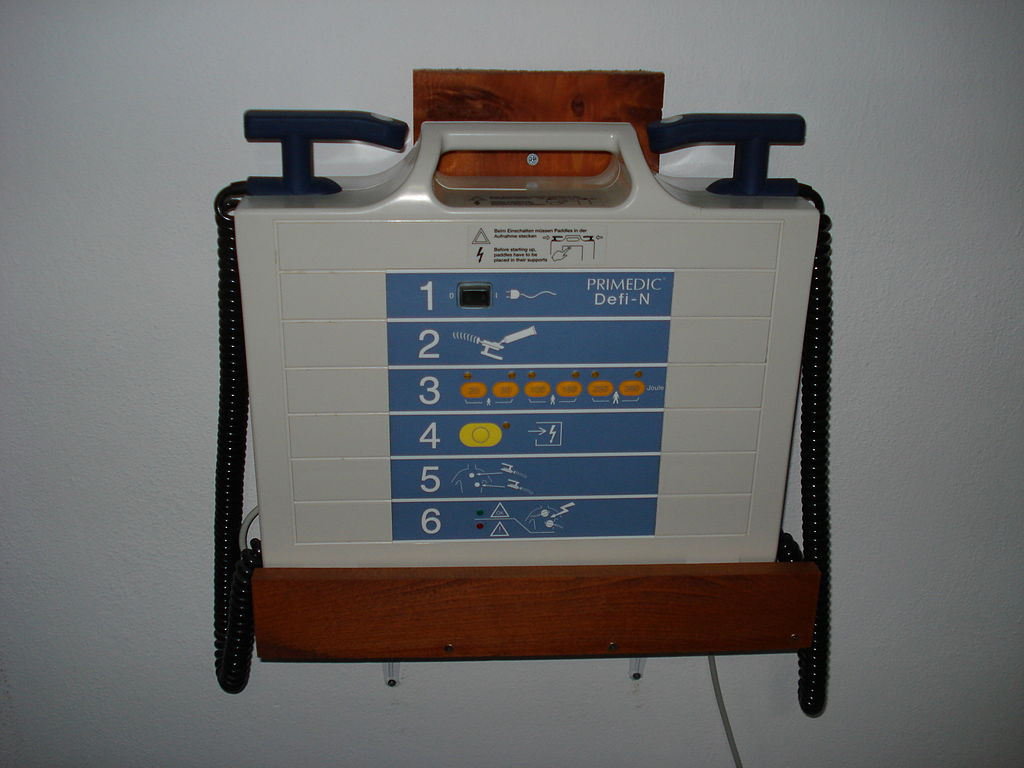
Specifications
This is not to say that some device is better, and some is worse, each device has its own strengths and weaknesses. The advantages of defibrillators that are designed for professional use include:
- The democratic cost of a professional device in comparison with similar devices that are automatic.
- The reusability of the electrodes attached to the patient's chest makes the device economical. You will not have to spend money on consumables, which helps out when the device is operating in a constant mode, without stopping.
- For specialists who have the knowledge and ability to control the patient's condition on their own, such a device will be convenient to use.
Weaknesses include:
- The specialist must have experience and have certain skills.
- The large size makes it difficult to place the device in the vehicle when working in the field.
- Care and service required.
When you consider defibrillators, which are automatic, they have their advantages:
- It is easy to use and does not require special knowledge from a specialist working with it, only introductory training is enough.
- Small size makes it easy to store and transport the device.
- Having interchangeable electrodes, used once, gives your hands the freedom to do other things if needed.
Weaknesses:
- The cost of such a device is higher when compared with a professional device, and the functionality is the same.
- It is required to constantly purchase disposable electrodes. Additional monetary investments will be required to purchase consumables. For small children, for most device modifications, you will need to buy additional special small electrodes.
- Not all options are available: printer may not be present, synchronized mode, monitoring option. And they can be installed as additional ones only on some automatic devices.
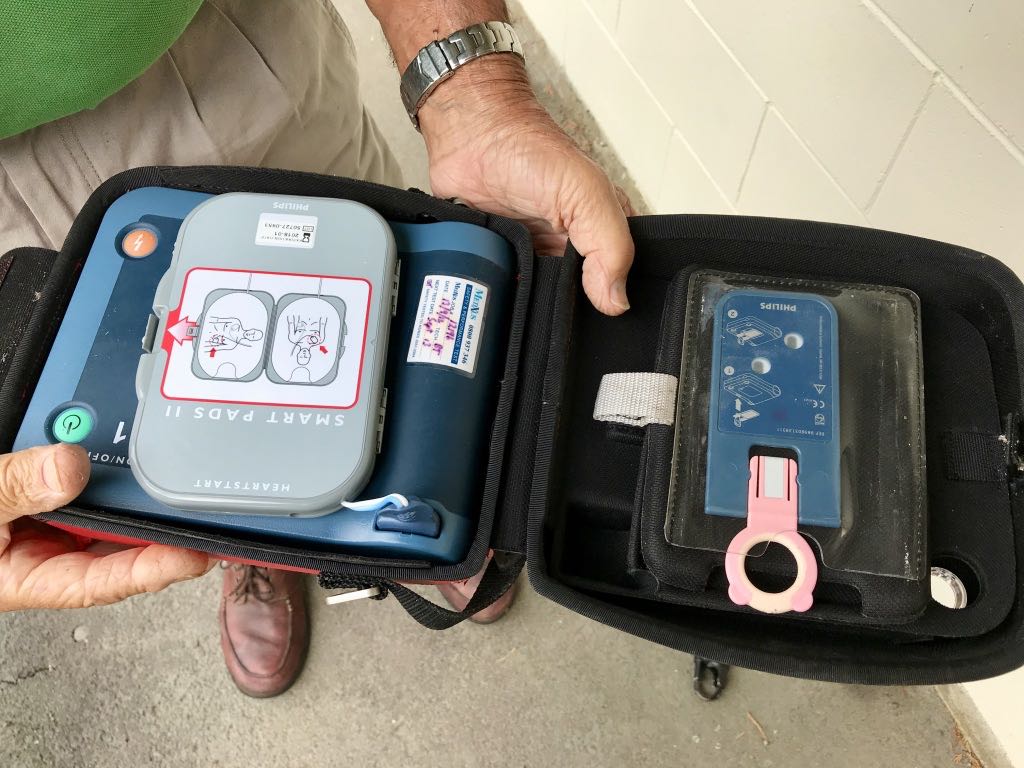
Rating of the best devices
A list of the most popular devices is provided below. Thanks to him, you can find out the characteristics of devices from well-known brands and choose the right one.
Automatic
PRIMEDIC DEFI-B
The device from the German company is one of the best. Resuscitation measures here can be carried out in a variety of modes, depending on the complexion and condition of the patient. The minimum discharge is 10 J, and the maximum - 360 J, there are 8 energy levels in the apparatus. The subsequent discharge reaches its maximum value within 5 seconds after the previous one. The screen displays all the necessary data about the patient's condition, including his last ECG. The main advantage is the presence of pediatric electrodes, which are located under the plates of the adult electrodes.
- different operating modes;
- 8 energy levels;
- the presence of pediatric electrodes.
- not found.
HeartStart Frx by Philips
An automatic device from a Dutch company is convenient and effective when used in any conditions, including outside a medical institution. Anyone can use a portable device, even without any specialized skills.
Most often, such devices are found in educational institutions, rescuers and flight attendants, as well as in ambulances. The main feature is the presence of a baby / infant button. This allows the device to be used even for resuscitation measures for newborn babies.
- the presence of a button "children / babies";
- easy to use.
- not found.

AED PLUS by ZOLL
The automatic device is intended for professional use.Anyone can help a patient. Moreover, the device allows the "rescuer" to go through all the stages of the rescue process - from the presence of a pulse to defibrillation. The device is designed to resuscitate both an adult and a child.
Both voice and visual prompts are provided for inexperienced users. All actions of the "rescuer" are recorded, so in the future an experienced resuscitator will be able to evaluate his actions.
The cover shows a diagram of the correct positioning of the electrodes on the patient's chest, so even an unskilled specialist can fix them quickly without any difficulty. After turning on the device, he independently analyzes the ECG and, with the help of voice messages, prompts the "rescuer" about the next steps of resuscitation. All data is displayed on a high-quality LCD display with backlighting and icons. When any malfunctions occur, a signal is emitted for their quick detection and elimination.
- high-quality liquid crystal display with backlight and pictograms;
- both voice and visual prompts are provided.
- not found.
AED Pro by ZOLL
AED Pro is designed for resuscitation of adults and children from 8 years old. It turns on automatically when the ECG cable is connected. Constantly analyzes the ECG and, if necessary, displays recommendations for connecting the electrodes.
AED Pro is equipped with the unique Real CPR Help® technology, which can significantly improve the quality of cardiopulmonary resuscitation, due to the fact that the frequency and depth of compressions are monitored online based on the feedback principle.
Metronome beeps and graphical information displays for optimal compression. The unique technology allows you to filter the ECG from artifacts that always occur during breast compression. In turn, this allows not to interrupt the compression to assess the patient's own rhythm.
- the discharge force sequence is programmed and has 3 levels - 120 J / 150 J / 200 J;
- support for primary cardiopulmonary resuscitation;
- continuous ECG monitoring, which saves electrodes;
- large amount of built-in memory, which is enough to record data of 4 patients or for 7 hours of ECG monitoring.
- not found.

Heart Save PAD M250 Metrax
Heart Save PAD M250 Metrax belongs to external automatic defibrillators (AEDs). The device interface is designed for unskilled professionals, so anyone can help a patient with sudden cardiac arrest. The device has 2 operating modes - adult and pediatric. Built-in memory lasts for 20 hours of self-testing and control. The device has 3 energy levels - 281 J - 350 J - 360 J. PAD M250 Metrax begins to automatically analyze the ECG already when the electrodes are applied, and, if necessary, makes a discharge on its own.
- compact size and light weight;
- biphasic pulse with current stabilization using CCD technology;
- the ability to choose the energy level depending on the complexion and condition of the patient;
- disposable self-adhesive electrodes;
- voice prompts in Russian facilitate the resuscitation process;
- the "Discharge" button is located on the front panel of the device, which is very convenient when carrying out resuscitation measures;
- auto power on when defibrillator cover is opened.
- not found.
Manual control
Zoll E-Series®
This defibrillator model is designed specifically for extreme cases and the provision of the necessary emergency medical care. To avoid tangling all cables, there is a dedicated pocket for storing essential accessories. The data supplied to the display can be read in any conditions: in the blinding sun or in absolute darkness.
Built-in clock equipped with GPS navigation system.All pharmaceuticals used in the provision of care, as well as the sequence of their administration, are displayed in a built-in protocol. The defibrillator is capable of being connected to a variety of power sources.
- the device has the option of wireless transmission of the received data, which greatly simplifies the execution and documentation;
- the monitor of the device offers three-mode image transmission, the color image resolution is very high. In addition to color, there is a black image with a white background and a white one with a black background;
- the device is reliably protected from shock and damage by a sturdy shockproof casing.
- not found.
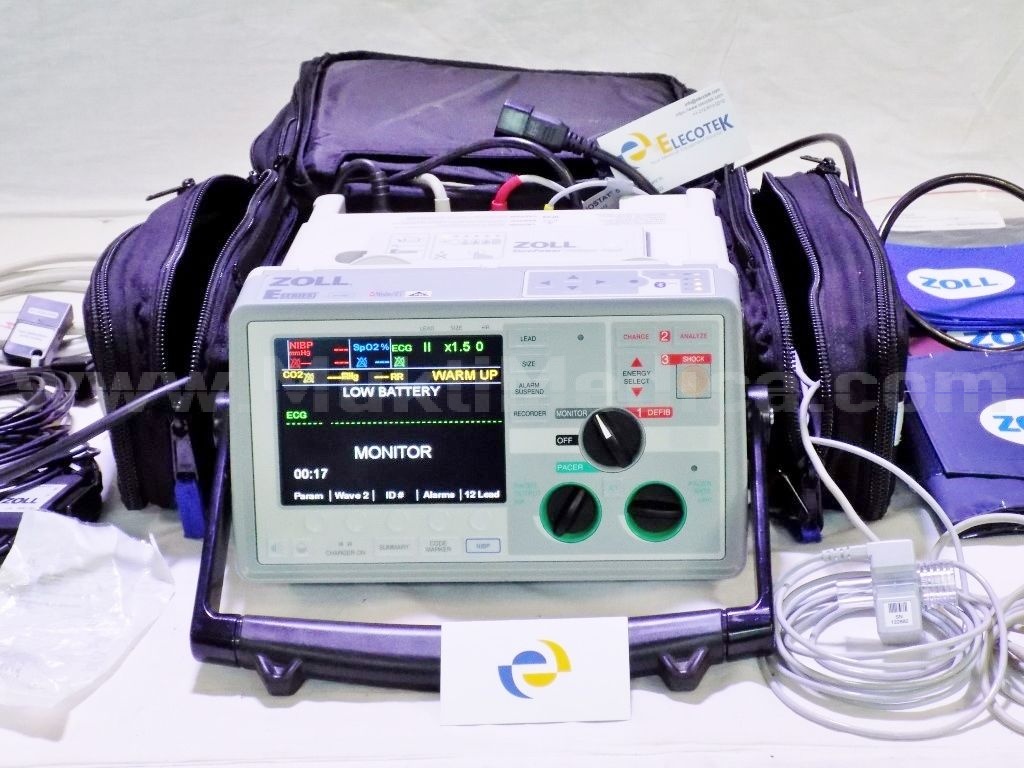
BeneHeart D3
This model has a compact size, light weight and robust body. Manual defibrillation, automatic defibrillation, and pacing can be used. BeneHeart D3 is suitable for use in any medical facility.
The likelihood of the maximum successful result of defibrillation is ensured by the discharge of energy up to 360. It has a high power, has the ability to work from a battery, supporting continuous monitoring during long-term patient transportation when disconnected from stationary power sources.
The device, ideal for use in all medical facilities, is lightweight and lightweight.
- has a compact size, including four functions at once: monitoring, manual defibrillation, external automatic defibrillation, cardiac stimulation;
- the monitor is large and bright, allowing a high-quality image of all curves, viewing the ECG and data on the presence and concentration of SPO2;
- provides manual defibrillation, synchronized cardioversion and biphasic automatic defibrillation.
- not found.
DKI-N-10
This model has several versions with an expanded set of options: providing a pacing channel, pulse oximetry, the ability to measure blood pressure, the presence of an external memory card.
- energy gain occurs in an accelerated mode;
- the operator's actions and the whole process of the apparatus operation are accompanied by speech;
- there is a built-in thermal printer;
- all information before and after defibrillation is displayed on the LCD;
- indicators are built in to determine the charge-discharge state.
- not found.
M-Series
The manual model has a built-in thermal printer for instant printing of reports and markers of the injected drugs. Powered by AC.
- the resolution of the monochrome display has a high resolution;
- feature - continuous display;
- the received information is displayed;
- the discharge energy set and achieved.
- not found.
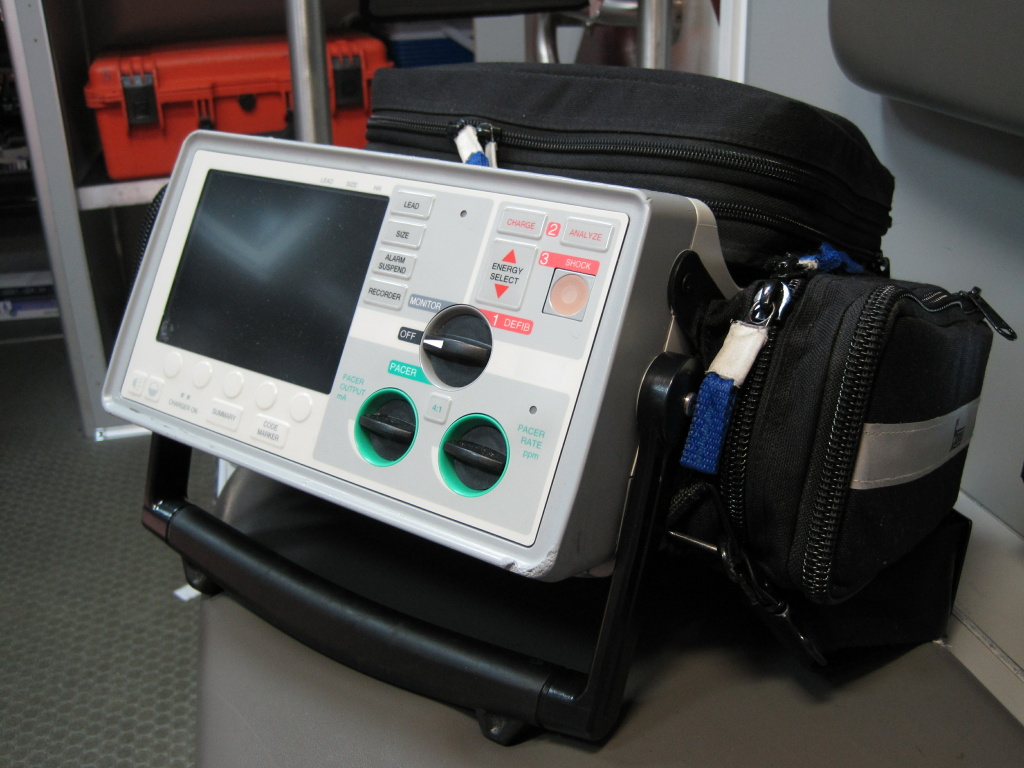
Defibrillator selection
When choosing a device, you need to take into account the conditions in which it will be used. Devices considered professional are ideal for use in medical organizations, and the use of an automatic defibrillator is optimal in environments where there are no external power sources nearby (for example, in an ambulance).
When choosing a device related to professional defibrillators, you need to pay attention to the following factors:
- What is the average price of the device and how affordable are the consumables for it (printer ribbon, monitor electrodes).
- Are pediatric electrodes for children included with the defibrillator? If there are no such electrodes included in the kit, consider how compatible or incompatible they are with this device.
- Do staff who will use the defibrillator have experience with the defibrillator?
- The presence of all the options that you need to work with the device.
- Pulse waveform Can the defibrillator be recharged and connected using an external power source.It is worth asking about the type of battery that the device is equipped with and the time it takes for the battery to be used up.
If one of the options in the device fails, it is sent for repair. For the sake of foresight, two devices are delivered to the site. They will work independently of each other and have a diverse set of options.
If a specialist prefers an automatic device, then his choice must be approached in the same way as for professional devices. Do not forget that in order to avoid unpleasant incidents when using the device in the field mode, you need to choose a device that works on ordinary batteries.
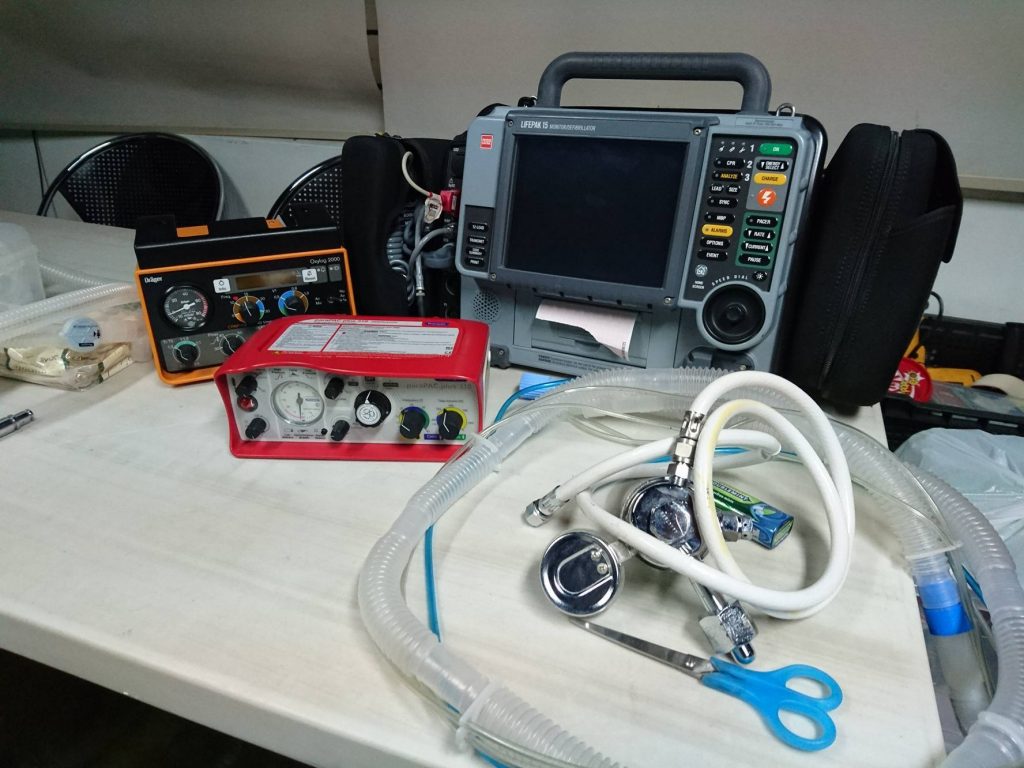
When choosing a manufacturer or brand, it should be borne in mind that manufacturers working abroad are actively updating and replacing the model range. For this reason, after the purchase of the device and its breakdown in a year or two, it may be difficult to acquire parts for repairing the device.
Defibrillators manufactured in the country (the leader in the production of such devices in Russia is JSC Concern "Axion") are not as reliable as imported ones, but they have good maintainability and are easy to service. This saves money by performing repairs instead of buying a new device, which would have to be done in the absence of spare parts.
new entries
Categories
Useful
Popular articles
-

Top rating of the best and inexpensive scooters up to 50 cubic meters in 2020
Views: 97661 -

Rating of the best materials for noise insulation for an apartment in 2020
Views: 95022 -

Rating of cheap analogues of expensive medicines for flu and colds for 2020
Views: 91751 -

The best men's running shoes in 2020
Views: 87681 -

Top ranking of the best smartwatches 2020 - price-quality
Views: 85091 -

Best Complex Vitamins in 2020
Views: 84801 -

The best dye for gray hair - 2020 top ranking
Views: 82406 -

Rating of the best wood paints for interior use in 2020
Views: 77202 -

Ranking of the best action cameras from China in 2020
Views: 75269 -

Rating of the best spinning reels in 2020
Views: 74827 -

The most effective calcium supplements for adults and children in 2020
Views: 72462 -

Top rating of the best means for male potency in 2020 with a description
Views: 68296
